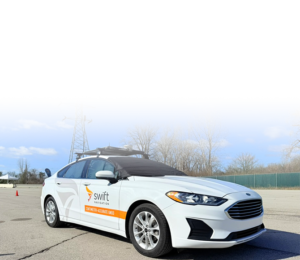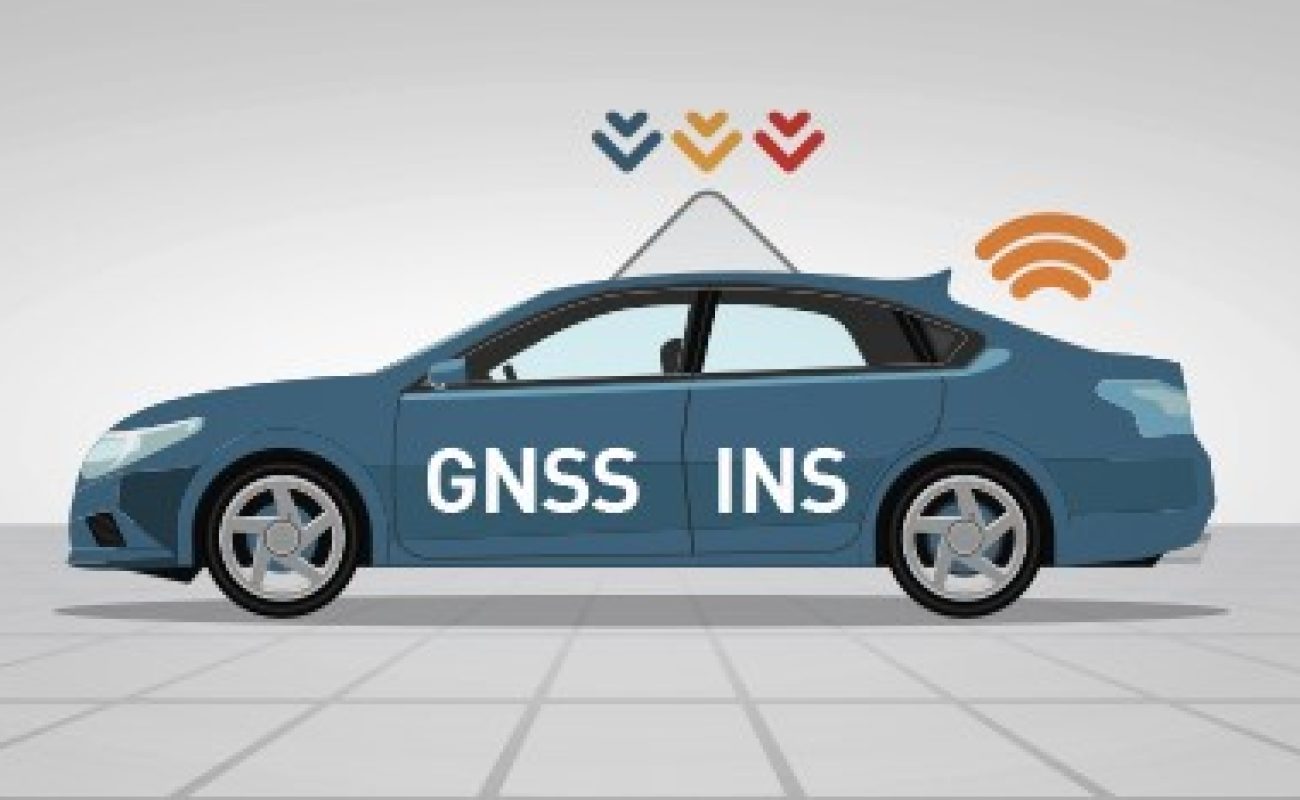The 2005 DARPA Grand Challenge was an inflection point in autonomous vehicle development. In early prototypes, GPS was not adopted as a primary localization sensor due principally to its limited performance and challenges with availability. However, in that era, GPS too was in its infancy, with un-degraded GPS coming online for civilian use only a few years earlier in 2000. Since that time, both autonomous driving and GNSS have matured as commercial systems. SAE Level 2 systems are available for highway driver assistance and Level 4 systems are nearing readiness for ride-sharing and the delivery of goods within cities. GNSS receivers are now deployed in billions of consumer and automotive devices, bringing navigation to the masses and driving down costs.
By 2020, Satellite navigation includes four independently operated GNSS constellations: the U.S. GPS, Russian GLONASS, European Galileo, and Chinese BeiDou, leading to a substantial boost in availability. Furthermore, satellite modernization has led to multiple civil frequencies transmitting modern signals, increasing capability in terms of signal acquisition, atmospheric correction, precise positioning, multipath mitigation, and spectrum diversity for resilience in the face of radio interference. These recent enhancements have led to significant industry investment in continent-scale GNSS monitoring networks, which now deliver GNSS corrections at scale for precise positioning in the automotive market.
How is GNSS used in Level 2 and Level 4 Autonomous Driving Systems?
For Level 2 ADAS systems, lane-level GNSS localization and HD maps can unlock the complex maneuvers required to safely and confidently move beyond lanekeeping. ADAS systems equipped with precision GNSS can oversee the perception system’s outputs, provide high guarantees on its correctness, and anticipate upcoming road elements to correctly maneuver into the required lanes for interchanges, exits, and merges.
GNSS technology is ready to take on this challenge. Production-ready ASIL-rated GNSS chipsets supporting multiple constellations and multiple frequencies, connected to continent-scale correction services, delivers lane-determination accuracy at scale with an availability at over 95% on U.S. freeways. Providing oversight and becoming a primary sensor for lane-level maneuvers requires safety-of-life level risk management. Modern GNSS is ready with integrity guarantees bounding risk to better than 10-7 per hour of faults beyond 3 meters in position.
For Level 4 autonomous driving systems, GNSS have demonstrated the accuracy required to complement LiDAR-based localization, providing critical information when LiDAR systems experience outages from weather, observability difficulties in sparse environments with limited distinctive 3D structure, or hardware faults. By comparison, with its microwave signals, GNSS is unaffected by rain, snow, and fog and performs best in sparse open environments. In many ways, GNSS and LiDAR are ideal complementary sensors – GNSS works particularly well in open-sky environments with few features, while LiDAR works particularly well in environments filled with geometric features.
The Future of Precision GNSS in the Autonomous Sensor Suite
Looking forward, research GNSS PPP-RTK systems meet the accuracy required for Level 4 driving and provide a path for abstracting reference stations into a high reliability system with safety guarantees. Precision GNSS is ready to become a foundational pillar of the safety of true driverless vehicles.
Both autonomous vehicle architectures and GNSS are continuing to evolve. For example, researchers are examining the possibility of an end-to-end machine learning approach to self- driving. GNSS can further enable these architectures for the same reasons as it does current implementations, since a trusted positioning input empowers robustness and redundancy. Furthermore, GNSS is continuing to improve and evolve. New capabilities are being added with new integrity algorithms, ground monitoring infrastructure, and user equipment. In the future, we envision ground station networks and LEO constellations delivering high availability and high accuracy with safety-of-life level integrity guarantees across the entire world.
Summary
This paper reviews a number of recent developments in modern Global Navigation Satellite Systems (GNSS) and assesses the impact they are having on autonomous driving architectures. As of 2020, Autonomous and Advanced Driver Assistance Systems (ADAS) now operate on public roads providing autonomous lane following and basic maneuver capabilities. Furthermore, four independent global satellite navigation constellations exist (GPS, GLONASS, Galileo, and BeiDou), delivering modernized signals at multiple civil frequencies. New ground monitoring infrastructure, mathematical models, and internet services correct for errors in the GNSS signals at scale, enabling continent-wide precision.
Read about Skyark becoming the first cloud-based service to achieve ISO 26262 certification.
Contact Swift to speak with an expert about your requirements.




